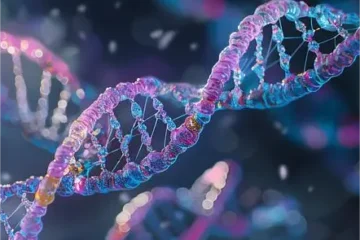Stem cell-induced myocardial repair has emerged as a promising therapeutic approach for treating ischemic heart disease. Cellule staminali, with their remarkable regenerative potential, offer the possibility of restoring damaged heart tissue and improving cardiac function. This article delves into the mechanisms underlying stem cell-induced myocardial repair, exploring the key processes involved in stem cell mobilization, recruitment, paracrine effects, immunomodulazione, direct myocardial regeneration, applicazioni cliniche, and future directions.
Stem Cell Mobilization and Recruitment
Stem cell mobilization and recruitment are crucial steps in initiating the regenerative process. Various factors, including cytokines, chemokines, and growth factors, trigger the release of stem cells from their niches in the bone marrow and other tissues. CXCR4-CXCL12 signaling plays a significant role in stem cell mobilization, with CXCL12 secreted by the damaged myocardium attracting CXCR4-expressing stem cells to the site of injury.
Paracrine Effects and Immunomodulation
Stem cells exert therapeutic effects beyond direct myocardial regeneration through paracrine signaling and immunomodulation. They secrete a plethora of growth factors, citochine, and chemokines that promote angiogenesis, ridurre l'infiammazione, and enhance cell survival. Stem cells also interact with immune cells, modulating their activity and suppressing excessive immune responses that could hinder tissue repair.
Direct Myocardial Regeneration
While paracrine effects are essential, direct myocardial regeneration remains a critical aspect of stem cell-induced repair. Stem cells have the potential to differentiate into cardiomyocytes, endothelial cells, and smooth muscle cells, thereby directly replacing damaged tissue. Tuttavia, the efficiency of this process varies depending on the type of stem cell used and the microenvironment of the injured heart.
Clinical Applications and Future Directions
Stem cell-induced myocardial repair has entered clinical trials, with promising results in improving cardiac function and reducing infarct size. Tuttavia, challenges remain in optimizing stem cell delivery methods, ensuring cell survival and engraftment, and addressing potential immune rejection. Future research aims to enhance the regenerative capacity of stem cells, elucidate the complex interactions between stem cells and the cardiac microenvironment, and develop personalized therapeutic strategies tailored to individual patients.
Stem cell-induced myocardial repair holds great promise for treating ischemic heart disease. By understanding the mechanisms of stem cell mobilization, recruitment, paracrine effects, immunomodulazione, and direct myocardial regeneration, researchers can optimize therapeutic approaches and improve patient outcomes. Ongoing research and clinical trials will further refine these strategies, paving the way for regenerative medicine to revolutionize the treatment of heart failure and other cardiovascular diseases.


